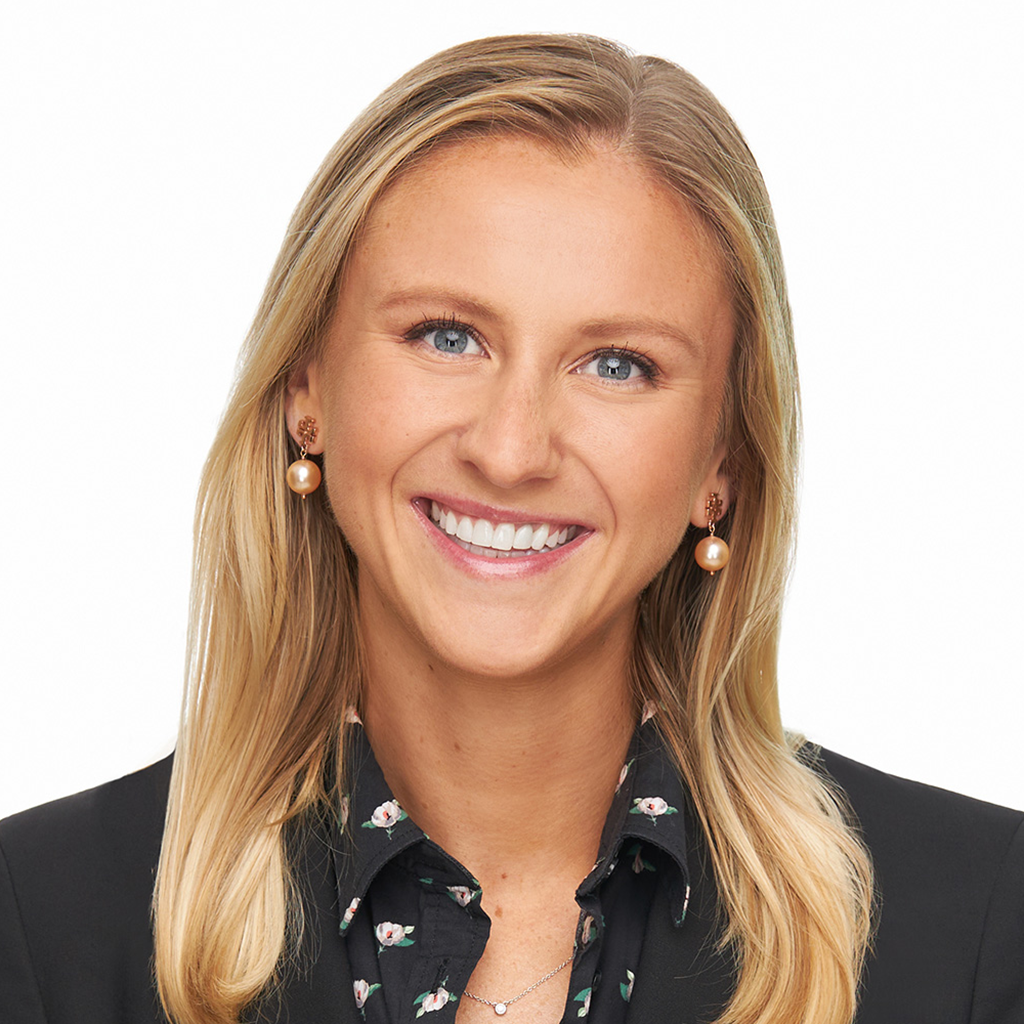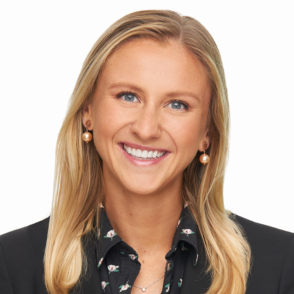Medication errors, theft from residents, failure to treat pressure sores and other hazards are among the claims being made against a nursing home in Mount Pleasant, Iowa, as it faces $49,000 in possible fines for 20 state and federal violations. According to reports, the 62-bed Arbor Court nursing home has had repeated violations over the past 21 months, including 66 regulatory citations and six fines. Inspectors have also linked deficiencies at the facility to at least two resident deaths, the St. Louis Post-Dispatch reported Oct. 4.
Featured Solutions
These allegations are serious and concerning, said Lily Chetosky, Broker, Professional Liability, Burns & Wilcox, Chicago, Illinois. “The violations, such as medication errors, safety hazards, neglect of pressure sores, and theft from residents, paint a troubling picture of the facility’s standards of care,” she said. “As these allegations are serious, they raise questions about the safety and well-being of the residents in the facility’s care.”

Insurance is risk transfer. When something happens, if the facility does not have the balance sheet or resources to defend themselves, the whole theory of risk transfer is all the more important.
The state fines, some of which were tripled due to being repeat violations, are on hold while federal officials consider taking action, the Iowa Capital Dispatch reported. Claims of negligence, errors and other patient care issues can be covered by a nursing home’s Medical Professional Liability Insurance, also known as Medical Malpractice Insurance, said Karl Olson, Vice President, Professional & Management Liability Practice Leader, Burns & Wilcox Brokerage, San Francisco, California.
“Insurance is risk transfer,” he said. “When something happens, if the facility does not have the balance sheet or resources to defend themselves, the whole theory of risk transfer is all the more important.”
Paying for legal costs, penalties
Although being cited and fined for violations can be damaging to a nursing home both financially and from a reputational perspective, the process can help facilities improve, Olson noted. “If inspectors find substandard care, which can be measured in a lot of different ways — by staffing ratios, safety protocols being in place, and simple things like operable fire alarms — then they get cited,” he said. “The good news is that there are patient protections in place that are meant to mitigate the safety exposure to residents. In this case, since they received 66 regulatory violations and then also have the financial ramifications of being fined, one would think that the owner and operator of this facility would be motivated to improve.”
According to reports, officials in some areas have struggled to keep up with these inspections. In June, an investigation by a news station in Boston found that some nursing homes in Massachusetts had not been fully inspected in multiple years, Boston 25 News reported. In Missouri, federal data showed 1 in 4 nursing homes had not been inspected in two or more years, due in part to pandemic-related backlogs, staff shortages and an increase in complaints, the Missouri Independent reported Aug. 7. In September, Axios reported that new minimum staffing standards could be difficult to oversee due to a shortage of nursing home inspectors.
According to the Iowa Capital Dispatch, Arbor Court has been in the process of seeking more funding from the Iowa Department of Health and Human Services to care for patients on Medicaid after its funding dropped in 2021 due to new state legislation. While Medicare and Medicaid reimbursements are a “forever changing landscape,” funding issues are not uncommon for nursing homes, which often run on thin operating margins, Olson said. “I have seen facilities selling locations because they just cannot operate them financially; it is just not viable,” he said.
Operating a nursing home is “extremely difficult,” Olson said, making it even more important that they are protected by insurance in the event of a lawsuit.
Similar issues were experienced in Canada, where one report found that inspections of long-term care facilities in Ontario stopped for at least seven weeks during the pandemic and some homes were not held accountable for safety issues, The Globe and Mail reported Sept. 7.
When a nursing home faces a claim of negligence, errors or omissions in patient care, inadequate care, medication errors, or failure to meet professional standards, its Medical Professional Liability Insurance can cover expenses such as legal defense costs, settlement or judgment amounts, and regulatory fines and penalties connected with covered claims, Chetosky said. “It can also cover the costs of investigations and expert witness fees,” she said.
Costly claims can ‘easily lead to bankruptcy’
In Indiana, the family of a 96-year-old woman recently filed a lawsuit against a nursing home alleging that she was abused by another resident at the facility, ABC 7 reported on Sept. 14. In Iowa, the family of a man who died at a nursing home in Fort Dodge recently sued the owners of the now-closed facility, alleging dependent adult abuse, breach of contract, and wrongful death, the Iowa Capital Dispatch reported Aug. 18.

Consider the financial exposure in the absence of medical malpractice coverage. These legal fees, claims, and fines can easily lead to bankruptcy.
In Sudbury, Ontario, a woman told CTV News in March that she would be taking legal action after her husband who has dementia suffered third-degree burns at a long-term care facility when his bed was moved too close to a radiator.
With these types of incidents in mind, nursing home owners should assess their risks regularly and consider their potential liabilities. Without insurance coverage, these claims can “easily” bankrupt a company, Chetosky said. “Consider the financial exposure in the absence of medical malpractice coverage,” she said. “These legal fees, claims, and fines can easily lead to bankruptcy.”
Given the risk of sexual abuse and assault in nursing homes, owners purchasing Medical Professional Liability Insurance may also want to consider adding on sexual abuse and molestation coverage, Chetosky said.
Insurance policies for nursing homes “can be tailor-made and adjust coverage specific needs and budgets,” she added. “We have excellent carriers that can get creative,” she said. “Insurance is an investment to give the insured peace of mind and a long-term future.”
These policies typically include services such as support, counsel, and risk management, which nursing home owners are encouraged to utilize, Chetosky added.

Insurance is an investment to give the insured peace of mind and a long-term future.
“The carriers and underwriters want to help pay claims, protect you and your company from exposures, and create a space of good quality care. They are eager to use their resources to help,” she said. “These companies have teams of professionals ready to help you create a safe and effective environment for your nursing home. The services provided in your policy are there to create a good relationship with your insurance carrier.”
Olson agreed, explaining that the risk management services offered by insurance carriers “that are well-versed and active in the senior care community space” will offer major benefits to nursing homes. “Not only do they have the risk management services but they also have both claims handlers and law firm relationships to put the best defense forward for their clients,” he said.
Protecting nursing homes during trying times
Nursing home staffing shortages continue to challenge the industry, especially as demand increases for direct care workers. One recent report found that the need for staff at facilities like assisted living centers and skilled nursing homes is expected to outpace the number of available workers between 2021 and 2031, McKnights Senior Living reported Sept. 13. The COVID-19 pandemic is another ongoing strain, with the New York Times reporting in September that many nursing homes were still waiting on updated COVID vaccines and coping with changes to how they are distributed.
Meanwhile, the need for nursing homes is soaring, Chetosky said. “Due to the aging population, the need and demand for aging facilities has been skyrocketing. They are popping up in every town,” she said. “Staff shortages continue to be a growing challenge in the nursing home industry. A shortage of qualified health care professionals, including registered nurses and certified nursing assistants, can lead to increased workloads, decreased quality of care, and potential liabilities.”

One of the things to think about for the senior care community is that they have the risks coming at them from a longer list of sources — the patient population, the estates or families of those residents, the regulators, and also their internal employees or contractors for employment practices exposures.
In addition to the risk of claims related to patient care, nursing homes and other senior living facilities face a variety of other risks, including on-premises injuries to visitors or employees, incidents while transporting residents, cyberattacks, and general property risks due to severe weather and other threats. Nursing home owners should talk with their insurance broker about Commercial General Liability (CGL) Insurance, Commercial Property Insurance, Hired and Non-Owned Auto Insurance, Cyber & Privacy Liability Insurance, and Workers Compensation Insurance. Employment Practices Liability (EPL) Insurance and Directors & Officers (D&O) Insurance may also be necessary.
“One of the things to think about for the senior care community is that they have the risks coming at them from a longer list of sources — the patient population, the estates or families of those residents, the regulators, and also their internal employees or contractors for employment practices exposures,” Olson explained. “There is a longer list of relevant coverages.”
Selecting the right insurance policies is essential, he said. “For every facility, every dollar matters. The same is true for the insurance purchase,” he said. “Some coverage options may not offer the best terms and conditions. I have seen individuals pay more, where their coverage then did not make sense, and I have seen some forgo some of the important insurance coverages because maybe they did not have an insurance broker who adequately explained the differences.”







